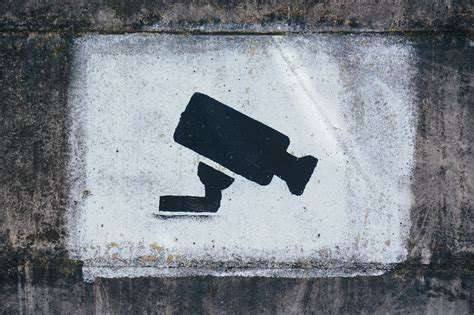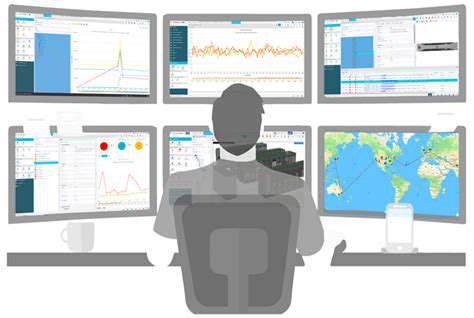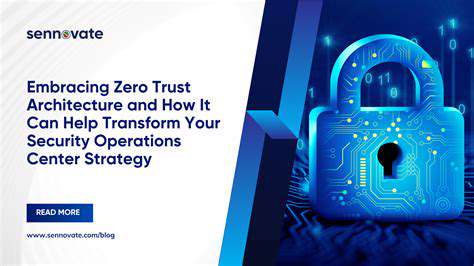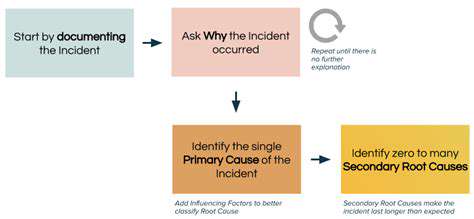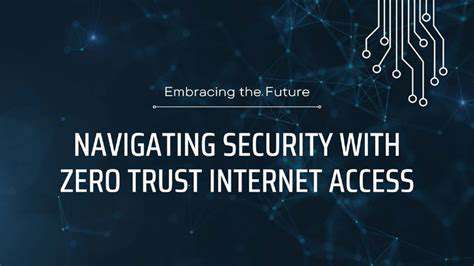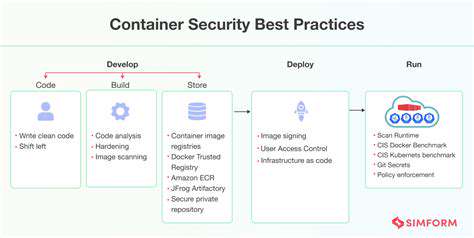Introduction to Lunar Permafrost
Understanding Lunar Permafrost
Lunar permafrost, a layer of permanently frozen ground, is a significant feature of the lunar surface. It's not a uniform layer, but rather pockets and deposits of ice and frozen materials, primarily water ice, located in permanently shadowed craters and other cold traps. This unique characteristic presents a fascinating opportunity for future lunar exploration and resource utilization.
The Significance of Lunar Permafrost for Future Missions
Lunar permafrost holds immense potential for future lunar missions. The water ice contained within these deposits could be used as a source of drinking water for astronauts, a crucial element for long-duration missions. Furthermore, it can be broken down into hydrogen and oxygen, which can be used as rocket propellant, reducing the need to transport these vital resources from Earth, thereby significantly reducing mission costs and complexity.
Methods of Detecting Lunar Permafrost
Various techniques are employed to detect and characterize lunar permafrost. Remote sensing data from orbiters, using instruments like spectrometers and radar, plays a crucial role in identifying potential areas of permafrost. Further, detailed analyses of lunar samples collected by robotic missions and future human missions can provide valuable insights into the composition and distribution of ice within the permafrost layers.
Challenges in Lunar Permafrost Drilling
Drilling through lunar permafrost presents unique challenges. The extremely low temperatures, the presence of potentially hard, compacted regolith, and the unknown composition and distribution of ice within the permafrost layer can all impact the selection and design of drilling equipment. Furthermore, the vacuum environment and radiation exposure on the lunar surface pose significant engineering hurdles for any drilling operation.
Potential Drilling Technologies for Lunar Permafrost
Several technologies are being explored for lunar permafrost drilling. These include advanced thermal drills that can withstand the extreme cold and potentially use specialized heating elements to melt the ice. Advanced robotic drilling systems, capable of operating autonomously in the lunar environment, are also under development. These systems would need to be robust and durable to withstand the harsh conditions of the lunar surface.
Lunar Permafrost and Resource Utilization
The availability of water ice in lunar permafrost opens up possibilities for resource utilization. Water ice could be processed into rocket propellant, allowing for in-situ resource utilization (ISRU). This concept is crucial for future lunar missions as it significantly reduces the need for transporting propellant from Earth, making long-duration stays on the Moon more sustainable and cost-effective. This, in turn, opens up opportunities for establishing a permanent lunar base.
Challenges of Lunar Permafrost Drilling

Understanding Lunar Permafrost
Lunar permafrost, a layer of permanently frozen material beneath the lunar surface, presents unique challenges for future lunar exploration and resource utilization. Understanding its composition, distribution, and thermal properties is crucial for the success of missions and the establishment of sustainable lunar outposts. This knowledge is essential for designing safe and efficient drilling operations. Identifying potential hazards and mitigation strategies are vital aspects of this understanding.
Drilling through Lunar Ice
One of the primary challenges in accessing lunar permafrost lies in the inherent difficulty of drilling through the regolith and potentially ice-rich layers. The lunar regolith, a layer of loose, fragmented material, can be incredibly dense and abrasive, putting significant strain on drilling equipment and potentially causing premature failure.
The presence of ice within the permafrost can also present a significant challenge, requiring specialized drilling techniques to avoid clogging and maintain structural integrity. Furthermore, the extreme temperatures and vacuum environment of the Moon can impact the performance of drilling equipment, demanding robust and reliable designs.
Thermal Properties and Stability
The thermal properties of lunar permafrost play a significant role in its stability and accessibility. The extreme temperature fluctuations on the Moon can cause significant expansion and contraction of the frozen material, potentially leading to instability and structural damage during drilling operations. This necessitates careful consideration of the thermal gradients within the permafrost to avoid catastrophic failures during the drilling process.
Resource Extraction and Processing
Extracting and processing potential resources, such as water ice, from lunar permafrost will be crucial for sustaining human presence on the Moon. The presence of impurities, contaminants, and varying ice concentrations within the permafrost layer necessitates sophisticated extraction and processing technologies to obtain usable resources. This includes developing methods for separating water ice from other materials, which can vary significantly in composition across different lunar locations.
Safety and Equipment Design
Ensuring the safety of astronauts and equipment during lunar permafrost drilling operations is paramount. The harsh lunar environment, including extreme temperatures, vacuum conditions, and potential radiation exposure, demands specialized equipment and protocols to mitigate risks. Developing robust and reliable drilling systems that can withstand these environmental conditions is a critical aspect of future lunar exploration.
Environmental Impact Assessment
Any drilling operation on the lunar surface needs to consider the potential environmental impact. The process of extracting resources from permafrost can potentially disturb the delicate lunar environment. Careful environmental impact assessments are needed to minimize any disruption and safeguard the unique lunar ecosystem. This assessment must encompass the potential effects on the surrounding regolith, the preservation of scientific data, and the overall sustainability of lunar operations.
International Collaboration and Standards
International collaboration and the development of standardized protocols for lunar permafrost drilling are crucial for ensuring safety, efficiency, and scientific rigor. This includes sharing best practices, conducting joint research, and establishing common standards for equipment design and operational procedures. This coordinated effort will be essential to maximizing the scientific return and minimizing the risks associated with future lunar missions.
